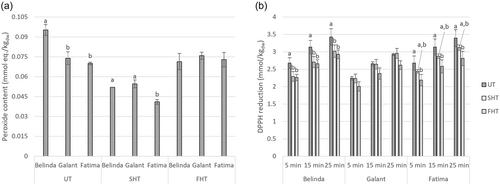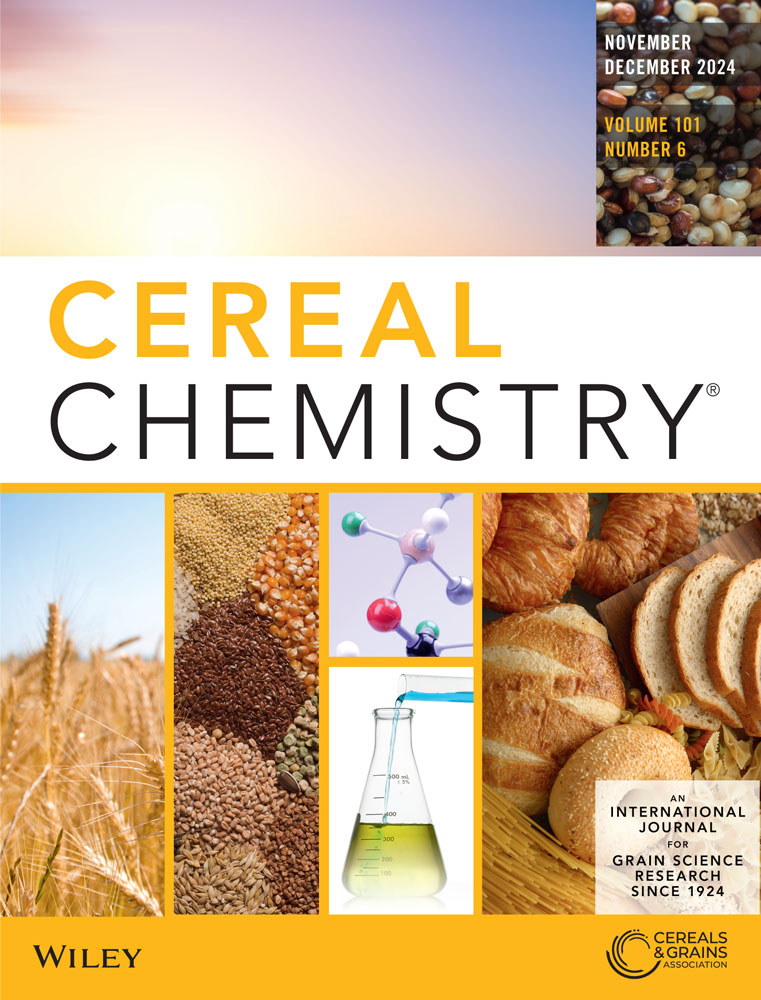Effect of kilning on the macronutrient composition profile of three Swedish oat varieties
Abstract
Background and Objectives
Kilning is crucial in oat processing, to prevent rancidity and extend shelf-life. This study examines kilning effects on the macronutrient composition in Swedish oat varieties Galant, Fatima, and Belinda. We compared two kilning methods: one mimicking industrial practice and a simplified version. We analyzed dietary fibers (arabinoxylan, β-glucan), protein and amino acids, lipid profile, lipase activity, and antioxidant capacity in these oat samples.
Findings
Distinct compositional differences were found: Galant had low lipid content, Fatima had elevated lipid and protein levels with fewer carbohydrates, and Belinda was rich in β-glucan and dietary fibers. Both kilning procedures had similar impacts on all varieties, causing no major changes in dietary fiber or total protein content, but resulting in a 20% decrease in soluble proteins. Kilning decreased levels of several amino acids in Belinda, while the l-glutamate/glutamine ratio increased across all varieties. Lipid analysis showed minimal kilning-induced changes; yet, antioxidative capacity diminished. Both kilning methods effectively inactivated lipases.
Conclusions
These findings emphasize macronutrient variations among oat varieties and the effect of kilning on soluble proteins, amino acids, and antioxidative capacity.
Significance and Novelty
This study underscores the need for precise control in oat processing, crucial in plant-based protein and novel food development for optimal quality and yield.


 求助内容:
求助内容: 应助结果提醒方式:
应助结果提醒方式:


